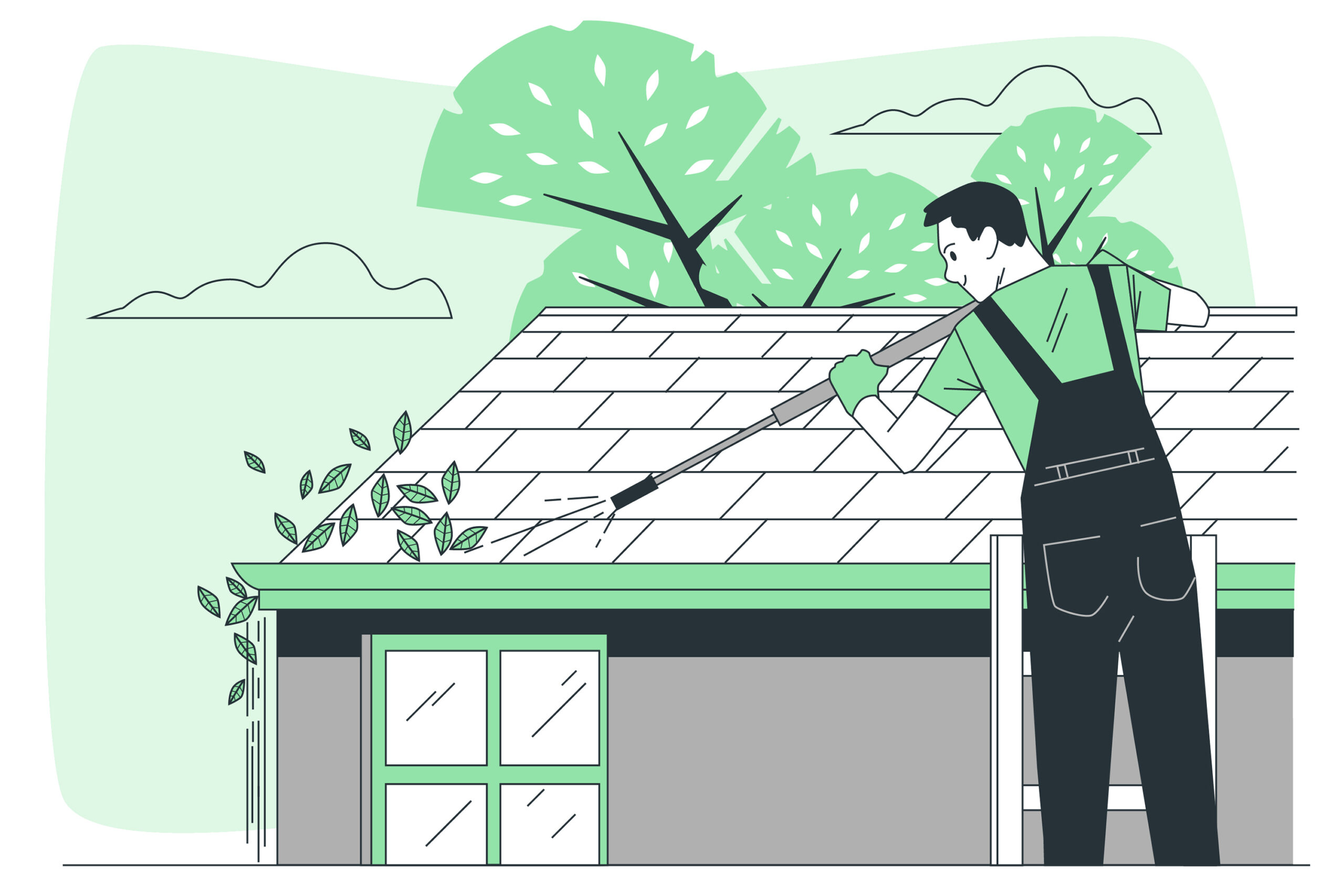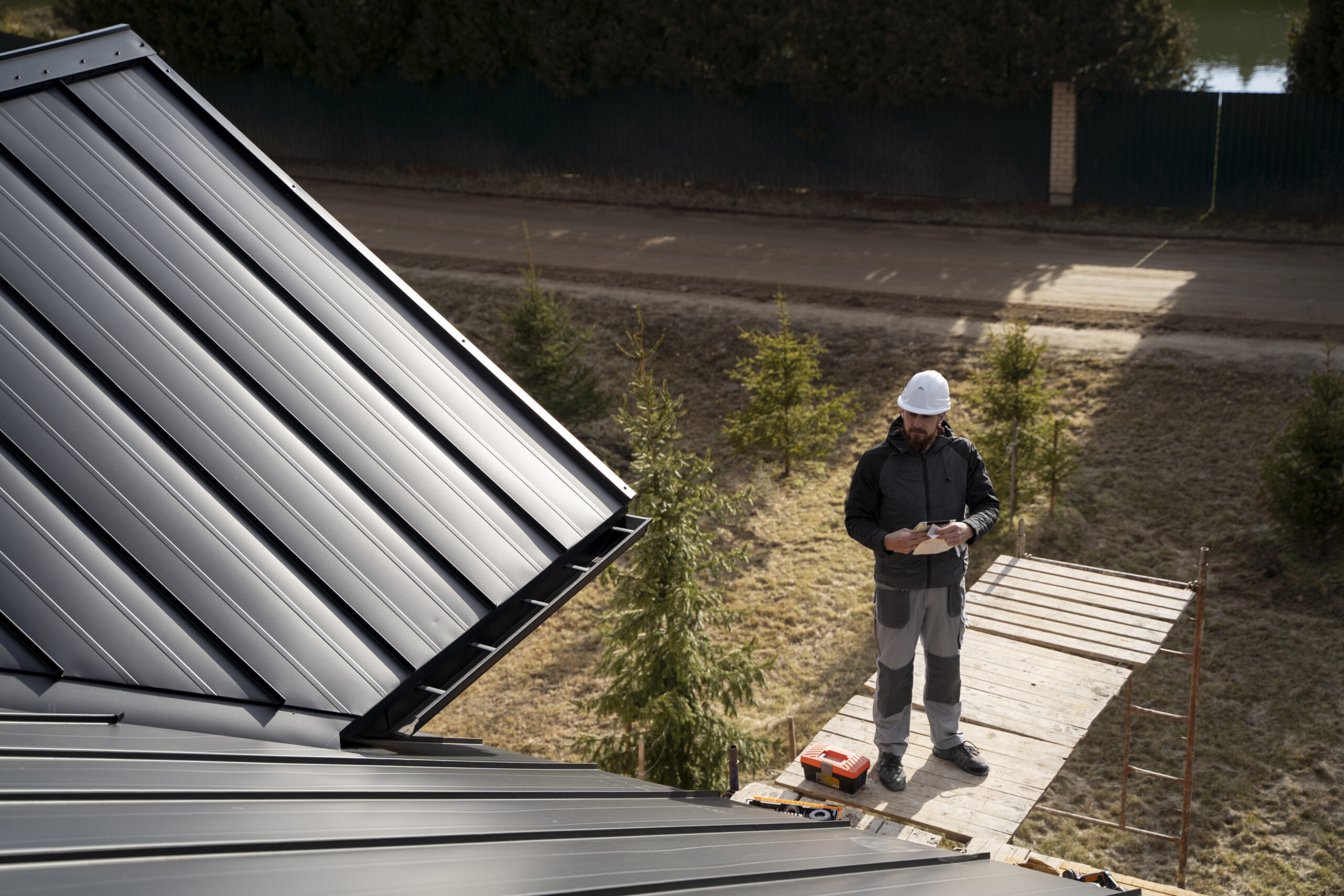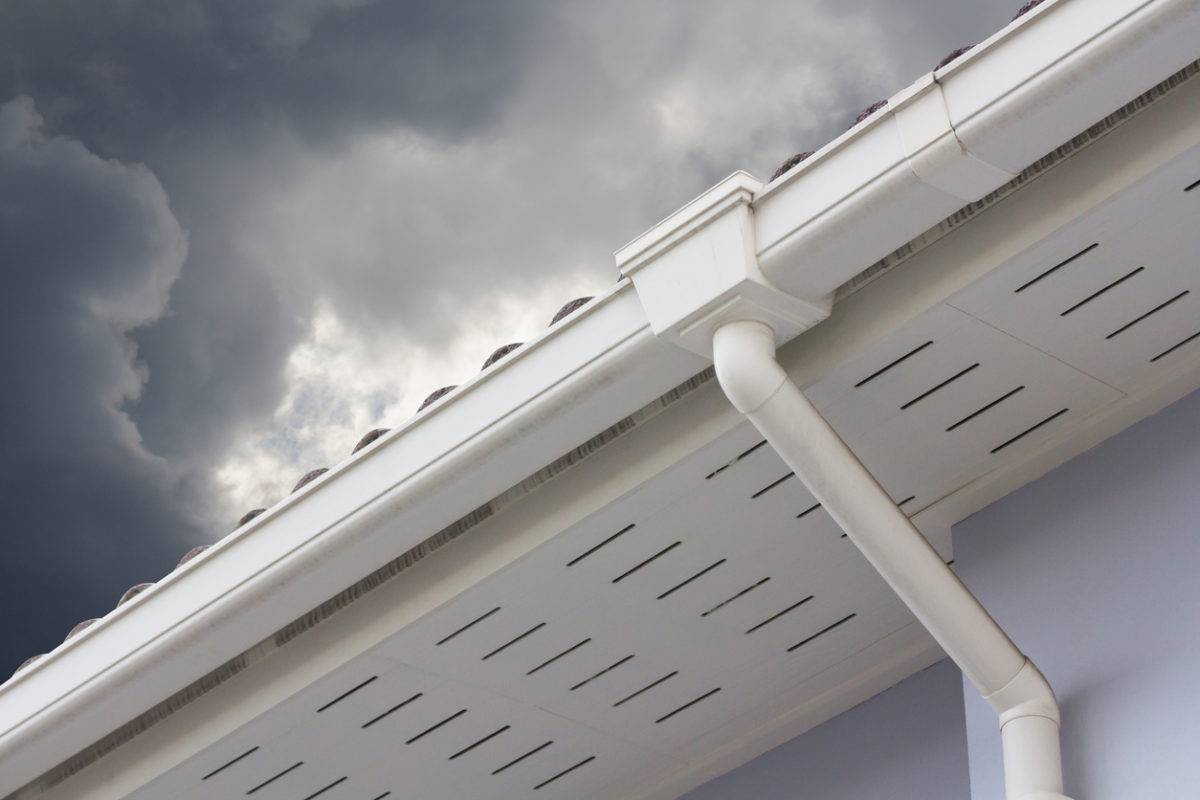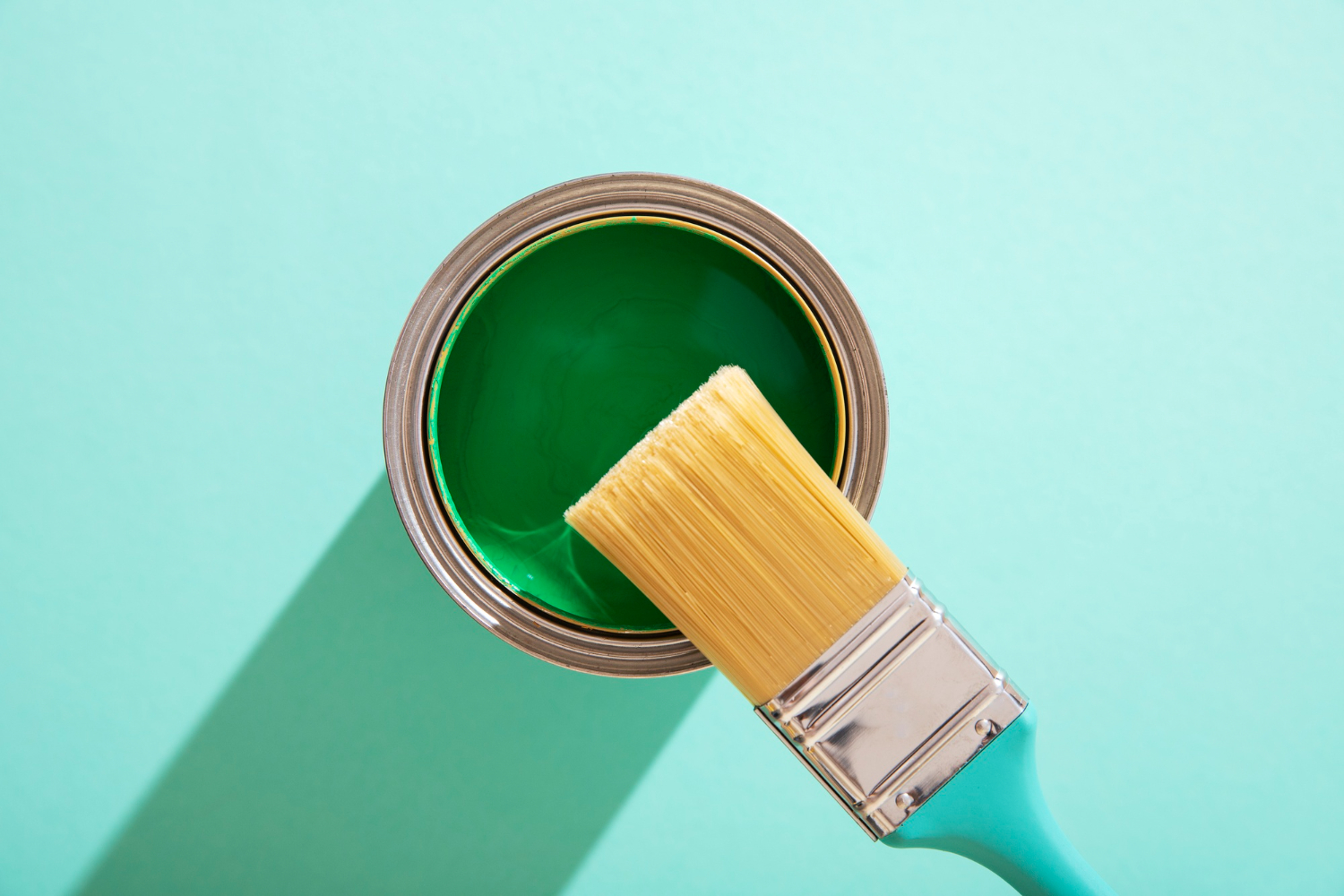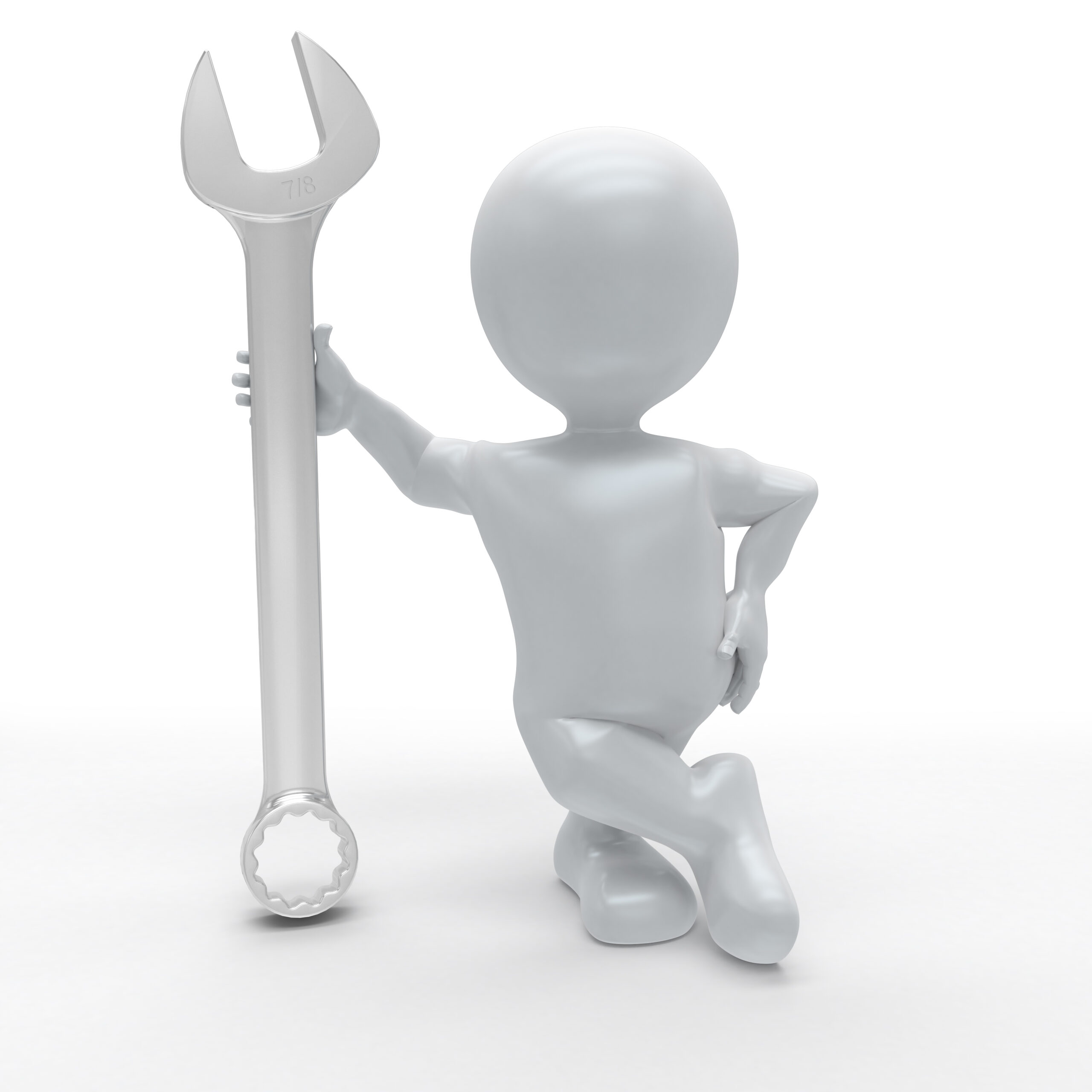The Ultimate Guide to Gutter Services: Keeping Your Home Safe and Dry
Are you tired of constantly dealing with water damage in your home? Look no further than our comprehensive guide to gutter services. We will walk you through everything you need to know about keeping your home safe and dry.
In this guide, we will cover the importance of gutters in protecting your home from water damage, the different types of gutter systems available, and how to choose the right one for your needs. We will also delve into the importance of regular gutter maintenance, common gutter problems, and how to prevent them. Whether you are a homeowner looking to upgrade your existing gutters or a new homeowner wanting to understand the basics, this guide has got you covered.

Our brand voice is informative and friendly, providing expert knowledge without overwhelming jargon. We want to empower you to make informed decisions about your gutter system, ensuring the safety and longevity of your home. So, let’s get started on the ultimate guide to gutter services and keep your home safe and dry!
Gutters play a crucial role in protecting your home from water damage. They are designed to channel rainwater away from the roof and foundation, preventing moisture buildup that can lead to significant structural issues. When gutters are functioning correctly, they divert water to downspouts, which carry it away from your home. This process helps to preserve the integrity of your foundation, basement, and landscaping, ultimately saving you money on repairs and maintenance in the long run.
Moreover, gutters also protect your siding and exterior walls from water stains, mold, and mildew growth. When water overflows from clogged gutters, it can run down your walls, causing unsightly stains and compromising the materials. This not only detracts from your home’s curb appeal but can also lead to costly repairs if the materials are damaged. In essence, a well-maintained gutter system can extend the lifespan of your home’s exterior and improve its overall appearance.
In addition to protecting your home, gutters also play a vital role in managing water runoff during heavy rains. Without a proper gutter system, water can pool around your home, creating a breeding ground for pests and contributing to soil erosion. This can lead to uneven settling, cracks in the foundation, and other issues that can jeopardize the safety and stability of your residence. By ensuring your gutters are in good condition, you are taking proactive measures to safeguard your property against the elements.
Recognizing the signs that your gutters need attention is essential for maintaining their effectiveness. One of the most obvious indicators is visible sagging or pulling away from the house. If you notice any sections of your gutters are drooping or misaligned, it’s a sign that they may be filled with debris or have become damaged due to weight. This misalignment can cause water to overflow and not drain properly, leading to further issues.
Another common sign that your gutters require maintenance is water stains or damage on your home’s exterior. If you spot streaks or discoloration on your walls, it may be a sign that your gutters are overflowing. When gutters are unable to channel water away effectively, it cascades down the sides of your home, causing unsightly damage and potentially leading to mold growth. Keeping an eye out for these stains can help you catch gutter problems early on.
Additionally, if you find an increase in pests around your home, such as mosquitoes or termites, it may be time to inspect your gutters. Stagnant water due to clogged gutters can attract pests that thrive in wet conditions. Furthermore, the organic debris that accumulates in gutters can serve as a nesting ground for insects. Regular maintenance can help mitigate these issues and maintain a healthier living environment.
There are various types of gutter services available to homeowners, each designed to address specific needs and concerns. Regular gutter cleaning is one of the most essential services, as it involves removing debris like leaves, twigs, and dirt that can accumulate over time. Professional cleaners utilize specialized tools and techniques to ensure that gutters are free-flowing and functioning properly. This service is typically recommended at least twice a year, especially in regions with significant seasonal changes.
Another important service is gutter repair, which can include fixing leaks, replacing damaged sections, or resealing joints. Over time, gutters can develop issues such as rust, cracks, or corrosion, which can compromise their effectiveness. Repair services can help extend the life of your gutter system and prevent further water damage to your home. Homeowners should be vigilant about inspecting their gutters to catch any problems early on, which can save money on larger repair costs down the line.
Gutter installation and replacement services are also crucial for those who need an upgrade or have outdated systems. Newer gutter technologies, including seamless gutters and various material options, can enhance the efficiency and aesthetic appeal of your home. Gutter professionals can help you choose the best system for your needs, ensuring it fits your budget and complements your home’s architecture. Investing in a new gutter system can significantly enhance your home’s protection against water damage.
For homeowners looking to take charge of their gutter maintenance, several DIY tips can help keep gutters in top shape. One of the most important tasks is to regularly inspect your gutters for debris and blockages. After heavy rainfall or storms, it’s wise to check for any visible clogs that may prevent water from flowing freely. Using a sturdy ladder, you can carefully remove leaves, twigs, and other debris by hand or with a scoop. Remember to wear gloves, as the debris can be messy and may contain sharp objects.
Another DIY maintenance tip is to ensure that your downspouts are clear and directing water away from your home. You can do this by pouring water down the downspout and observing where it flows. If you notice any pooling or slow drainage, there may be a blockage that needs to be addressed. A plumber’s snake or a hose with high pressure can help dislodge stubborn clogs. Additionally, ensuring that the downspouts extend at least three to four feet away from the foundation is essential to prevent water from pooling near your home.
Lastly, it is beneficial to check the gutter’s pitch or slope. Gutters should slope towards the downspouts to facilitate proper drainage. A good rule of thumb is to have a slight slope of about a quarter-inch for every ten feet of gutter. If you find that your gutters are flat or sloping away from the downspouts, you may need to adjust their mounting brackets. This simple adjustment can significantly improve the efficiency of your gutter system, ensuring that water flows smoothly and does not accumulate.
While DIY maintenance is beneficial, hiring a professional gutter cleaning service can provide a more thorough and efficient solution. Professionals have the experience and tools necessary to tackle even the most challenging gutter issues. They can safely access high or difficult-to-reach areas, minimizing the risk of injury for homeowners. Additionally, professionals typically offer a comprehensive service that includes not only cleaning but also inspecting for underlying problems that may not be immediately visible.
When choosing a gutter cleaning service, it’s essential to consider their reputation and experience. Look for companies with positive reviews and testimonials from previous clients. A reliable service provider should also be licensed and insured, protecting you from liability in case of accidents during the cleaning process. Requesting quotes from multiple companies can help you compare prices and services to find the best fit for your needs.
Moreover, many professional gutter cleaning services offer maintenance contracts that provide regular cleaning and inspections throughout the year. This can be a wise investment, as it ensures your gutters remain in optimal condition and reduces the likelihood of costly repairs in the future. With professionals handling your gutter maintenance, you can enjoy peace of mind knowing that your home is protected from potential water damage.
When it comes to gutter installation and replacement, homeowners have several options to consider. The two main types of gutters are sectional and seamless. Sectional gutters are pre-cut pieces that are joined together at the seams, while seamless gutters are custom-made on-site to fit the exact dimensions of your home. Seamless gutters tend to be more popular due to their reduced risk of leaks and easier maintenance, making them a great option for homeowners looking for durability.
In addition to the type of gutter, homeowners should also consider the material used for their gutter system. Common materials include aluminum, vinyl, steel, and copper. Aluminum gutters are lightweight, resistant to corrosion, and available in various colors, making them a popular choice. Vinyl gutters are affordable and easy to install but may not be as durable in extreme weather conditions. Steel gutters offer great strength but require regular maintenance to prevent rust. Copper gutters, while more expensive, provide a stunning aesthetic and long lifespan, making them an attractive option for high-end homes.
Before proceeding with installation or replacement, it’s essential to assess your home’s specific needs. Factors such as the local climate, the size of your home, and your budget will all play a role in determining the right gutter system for you. Consulting with a professional can help you make informed decisions and ensure that your new gutters are installed correctly for optimal performance. Investing in a quality gutter system can significantly enhance your home’s resilience against water damage.
Selecting the right materials for your gutters is crucial for ensuring longevity and performance. As mentioned earlier, aluminum, vinyl, steel, and copper are the most common options, each with its own advantages and disadvantages. Aluminum gutters are lightweight and resistant to rust, making them an excellent choice for various climates. They are also available in a range of colors and finishes, allowing homeowners to customize their appearance to match their home’s exterior.
Vinyl gutters are another popular option, particularly for those on a budget. They are affordable and easy to install, making them suitable for DIY projects. However, while vinyl is resistant to rust, it may not withstand extreme temperatures as well as other materials, leading to cracks in very cold weather. It’s essential for homeowners to consider their local climate when deciding if vinyl is the right option for them.
Steel gutters are known for their strength and durability. They can handle heavy rain and snow, making them ideal for regions with harsh weather conditions. However, they require regular maintenance to prevent rust and corrosion. Copper gutters, while more expensive, provide a unique aesthetic and can last for decades if maintained properly. Their natural patina develops over time, adding character to your home. Ultimately, the best material for your gutters will depend on your budget, climate, and personal preference.
Preventing gutter clogs and blockages is essential for maintaining a functional gutter system. One of the simplest and most effective ways to prevent debris buildup is by regularly cleaning your gutters. As a general rule, homeowners should aim to clean their gutters at least twice a year, particularly during the fall when leaves are falling and in the spring when pollen and other debris can accumulate. Regular cleaning helps ensure that water flows freely through the gutter system, reducing the risk of overflow and damage.
Installing gutter guards is another effective method to prevent clogs. Gutter guards act as a barrier, allowing water to flow through while keeping leaves and debris out. There are various types of gutter guards available, including mesh screens, foam inserts, and reverse curve systems. Each type has its pros and cons, so it’s essential to choose the one that best fits your needs and budget. By investing in gutter guards, you can significantly reduce the frequency of gutter cleaning while enhancing your home’s protection against water damage.
Additionally, ensuring that your downspouts are positioned correctly can help prevent blockages. Downspouts should direct water at least three to four feet away from the foundation of your home. This can prevent water from pooling around the base of your home, which is essential for avoiding foundation problems and other types of water damage. Regularly checking the alignment and condition of your downspouts can help you maintain a well-functioning gutter system.
Gutter guards offer numerous benefits that can simplify gutter maintenance and enhance your home’s protection against water damage. One of the primary advantages of gutter guards is that they significantly reduce the frequency of gutter cleaning. By keeping leaves, twigs, and other debris out of the gutters, homeowners can spend less time on maintenance and more time enjoying their homes. This is especially beneficial for those who may have difficulty accessing their gutters or those who live in areas with heavy foliage.
Another significant benefit is the reduction in clogs and blockages, which can lead to costly repairs if left unaddressed. Gutter guards help ensure that water flows freely through the gutters, minimizing the risk of overflow. This can prevent water from damaging your home’s foundation, siding, and landscaping. Furthermore, by reducing the accumulation of standing water, gutter guards can also help deter pests such as mosquitoes, which thrive in stagnant water.
Additionally, gutter guards can enhance the longevity of your gutter system. By preventing debris buildup, they reduce the risk of corrosion and other damage that can occur when gutters are clogged. This means you can invest in a gutter system that will last longer and require fewer repairs over time. Overall, gutter guards can be a wise investment for homeowners looking to protect their property while simplifying maintenance tasks.
In conclusion, maintaining your gutters is vital for ensuring the safety and longevity of your home. Regular cleaning, inspection, and maintenance can prevent water damage and costly repairs. Understanding the importance of gutters, recognizing the signs of issues, and knowing when to hire professionals can help you take proactive measures in protecting your property.
Choosing the right gutter materials and services tailored to your needs can significantly enhance your home’s resilience against the elements. Whether you opt for seamless gutters, gutter guards, or a professional cleaning service, making informed decisions will pay off in the long run. Remember, prevention is always preferable to repair, and by taking care of your gutters, you are safeguarding your home from potential water damage.
By prioritizing gutter maintenance, you ensure that your home remains safe, dry, and aesthetically pleasing. So, keep an eye on your gutters, invest in regular maintenance, and enjoy the peace of mind that comes with protecting your most valuable asset. Embrace the responsibility of gutter care, and you will reap the benefits for years to come.





